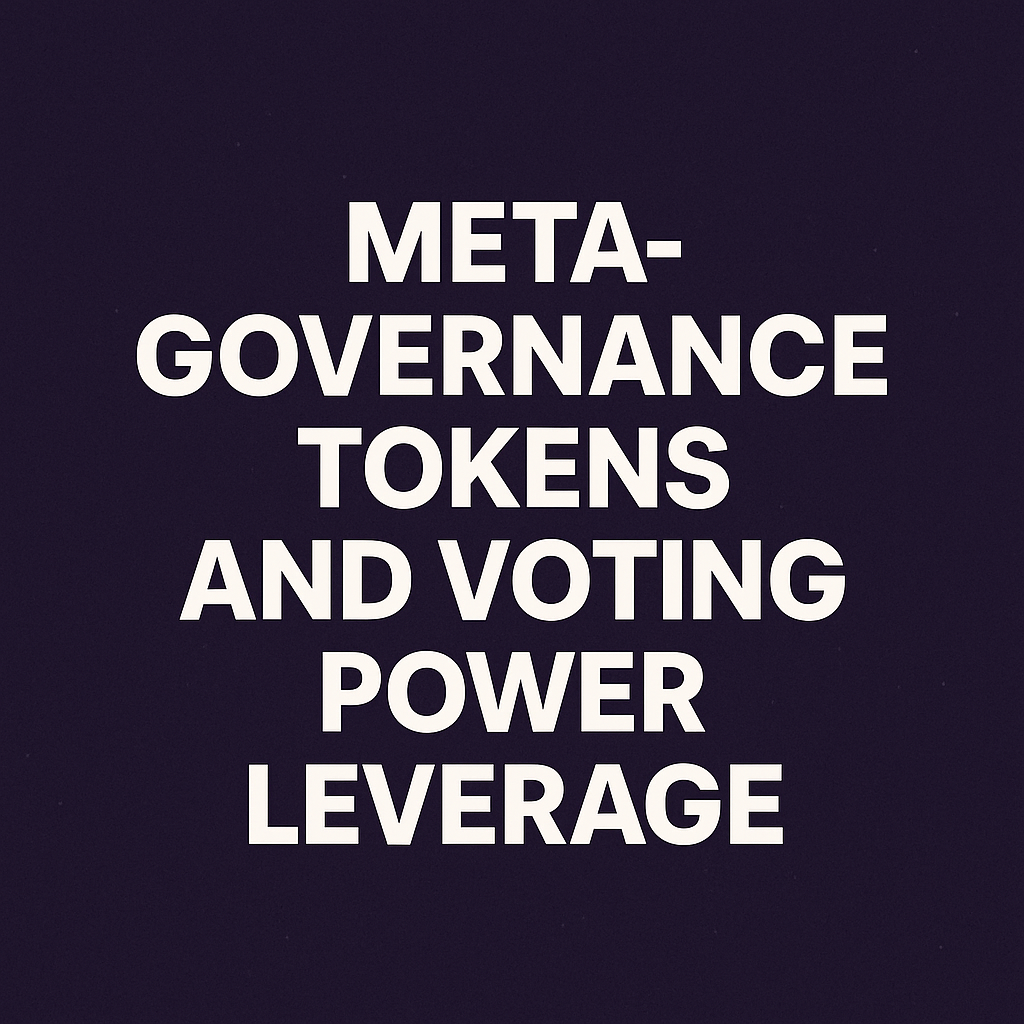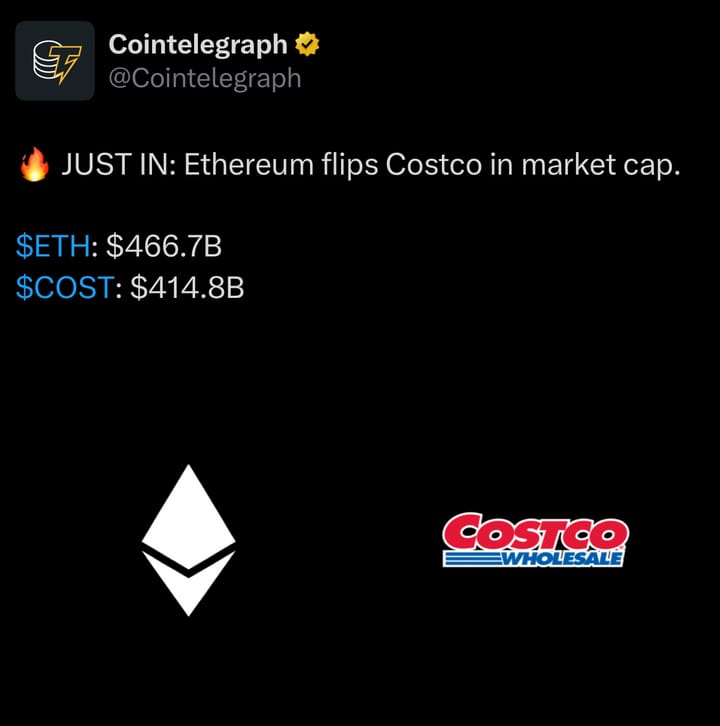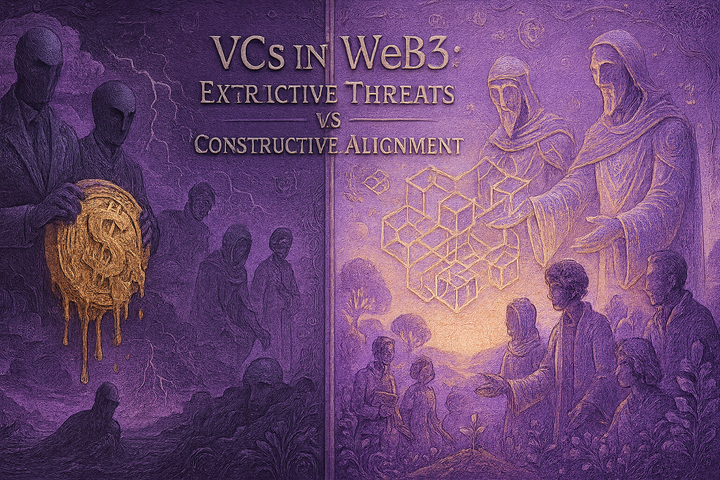What Are Meta-Governance Tokens?

In DeFi and DAOs, people use governance tokens to vote on decisions like protocol upgrades, fee models, or new features.
But now we’re seeing a new layer:
Meta-Governance Tokens , tokens that control the voting power of other protocols.
It’s governance of governance, like holding a remote that controls other remotes.
How Does It Work?
Some protocols don’t just hold their own tokens — they accumulate governance tokens from other projects (like Curve, Aave, or Uniswap). They then use those tokens to vote, and sometimes, they let users influence how those votes are used.
This creates a meta-governance layer where power is concentrated and redirected based on incentives.
Voting Power Leverage — What’s That?
Voting power leverage means influencing more decisions than your actual token balance would suggest.
Here’s how:
- You lock or stake tokens in a protocol (like Convex for Curve)
- That protocol uses your locked tokens to gain voting power
- You help control what other protocols vote on, often with boosted impact
You’re leveraging governance tokens to direct emissions, steer rewards, or change policy across multiple platforms.
Real Examples
1/ Curve + Convex Finance
- Curve is a stablecoin DEX where CRV holders vote on which pools get emissions
- Convex lets people deposit CRV, and votes on their behalf
- CVX (Convex’s token) lets users vote on how Convex votes on Curve
- So: CVX = meta-governance over CRV = governance over Curve
This structure gives CVX holders huge power — even without holding CRV directly.
2/ Balancer + Aura Finance
- Balancer uses BAL tokens for voting and gauge weights
- Aura lets users stake BAL and gain boosted influence
- AURA holders direct how BAL votes are used = meta-governance
3/ Redacted Cartel (via Hidden Hand)
- Provides a marketplace for bribes and governance votes
- Meta-governance tokens are used to auction off voting power
- Helps protocols compete for incentives across ecosystems
Why It Matters
- Protocol Influence: Meta-gov tokens decide where liquidity and emissions go
- Incentive Layer: Bribes and rewards flow to where governance is steered
- Coordination Tool: Enables coalitions of DAOs to move together
- Leverage Effect: Small holders can influence massive pools of liquidity
Risks and Challenges
- Centralization: Too much power may end up in too few hands
- Bribe Markets: Governance becomes pay-to-play
- Complexity: Harder for users to understand how influence flows
- Automation Risk: Bots and smart contracts can weaponize meta-voting
Conclusion
Meta-governance tokens are becoming a key layer of control in blockchain ecosystems.
They give users and protocols the ability to influence not just their own decisions, but the rules of other blockchain platforms too. Through voting power leverage, these tokens turn governance into a strategic game of influence, reshaping how resources and incentives move across the blockchain world.
In the coming years, as decentralized governance evolves, expect meta-governance to play a central role in how blockchain power is coordinated, optimized, and competed for — across chains, DAOs, and protocols.



Comments ()